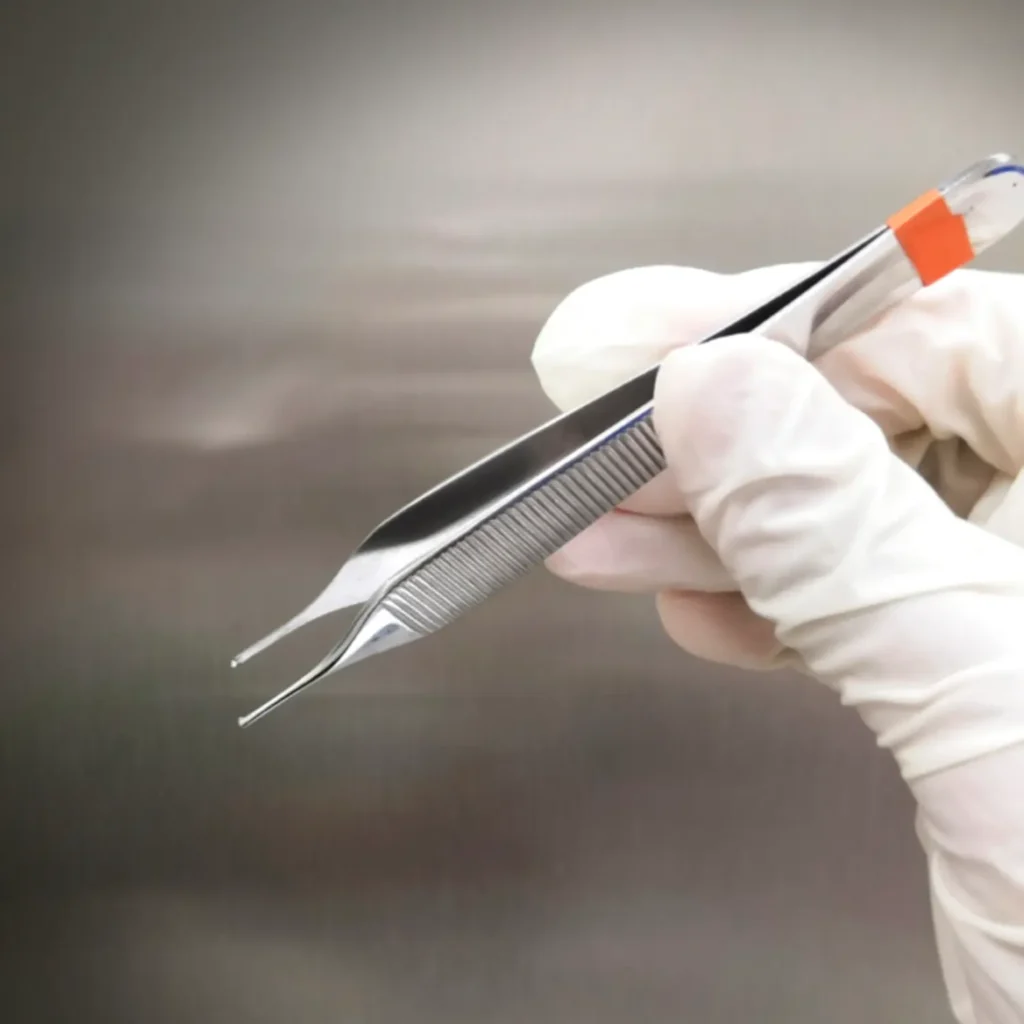In the realm of biology and medicine, where precision and delicacy are paramount, a versatile tool stands out: forceps. These handheld, hinged instruments serve a multitude of purposes, from delicate surgical procedures to intricate laboratory work. This article delves into the world of forceps, exploring their design, applications, and significance in various fields.
Understanding Forceps
Forceps are characterized by their slender, elongated shape, often resembling a pair of elongated scissors. They typically consist of two arms joined at a pivot point, allowing them to open and close with precision. The tips of forceps are specialized for gripping and holding objects securely, often featuring ridges or serrations to enhance their grip.
Varieties of Forceps
The design of forceps can vary significantly based on their intended application. In the medical field, there are forceps designed specifically for surgical procedures, such as tissue forceps, hemostatic forceps, and dressing forceps. Each type is tailored to grasp different types of tissue or materials with optimal precision and control.
In laboratory settings, forceps come in various shapes and sizes to accommodate different tasks. Micro forcep, for example, are designed for handling tiny specimens or delicate materials under a microscope. Meanwhile, larger forcep may be used for manipulating larger objects or performing dissections.
Applications in Biology and Medicine
The applications of forceps in biology and medicine are diverse and far-reaching. In surgical procedures, they are indispensable tools for grasping and manipulating tissues, securing sutures, and removing foreign objects from the body. Whether in the operating room or the emergency department, surgeons and medical professionals rely on forcep to perform intricate maneuvers with precision and accuracy.
In laboratory settings, forcep play a crucial role in various scientific disciplines. Biologists use them for handling specimens, dissecting tissues, and conducting intricate experiments. In fields such as microbiology and genetics, forceps are essential for manipulating microscopic organisms and delicate genetic material with precision.
Specialized Techniques and Procedures
The use of forcep often requires specialized techniques and procedures to ensure optimal outcomes. In surgical settings, surgeons undergo extensive training to master the precise manipulation of forcep during procedures. They must develop dexterity and hand-eye coordination to maneuver the instruments with accuracy and control.
Similarly, laboratory technicians receive training in proper handling techniques to prevent contamination and ensure the integrity of experimental samples. Techniques such as aseptic handling and sterile technique are critical when using forcep in microbiological and molecular biology experiments.
Advancements in Forceps Technology
Advancements in technology have led to the development of specialized forcep with enhanced features and capabilities. For example, some modern forcep incorporate ergonomic designs to reduce hand fatigue and improve maneuverability during prolonged procedures. Additionally, advancements in materials science have led to the creation of forceps made from lightweight, durable materials such as titanium and stainless steel.
In the field of minimally invasive surgery, robotic-assisted forcep have revolutionized surgical procedures by offering greater precision and control. These robotic systems allow surgeons to perform complex maneuvers with enhanced dexterity, leading to shorter recovery times and improved patient outcomes.
Challenges and Considerations
Despite their versatility and utility, forceps are not without their challenges and considerations. One common issue is the risk of tissue trauma or damage when using forcep during surgical procedures. Surgeons must exercise caution and precision to minimize the risk of unintended injury to surrounding tissues.
In laboratory settings, contamination is a constant concern when handling specimens and experimental materials with forceps. Proper sterilization techniques and adherence to aseptic handling protocols are essential to prevent cross-contamination and ensure the validity of experimental results.
Conclusion
Forceps are indispensable tools in the fields of biology and medicine, where precision and delicacy are paramount. Whether in the operating room or the laboratory, these versatile instruments play a crucial role in performing intricate maneuvers and procedures with accuracy and control. As technology continues to advance, the capabilities of forcep are likely to evolve, further enhancing their utility and significance in various fields of science and medicine.







